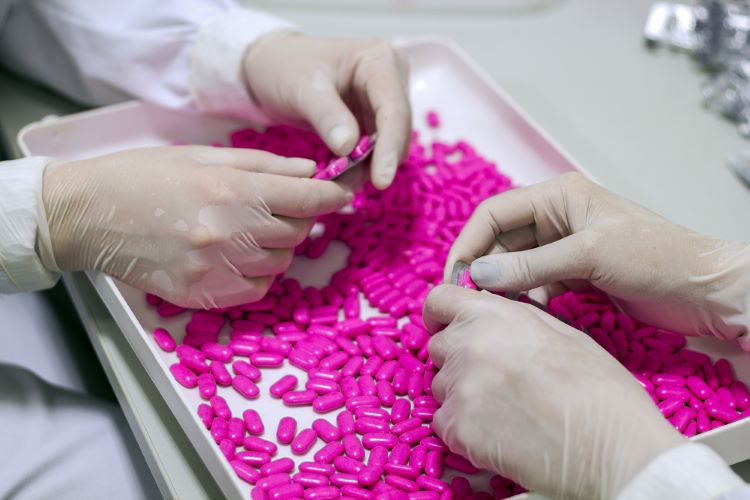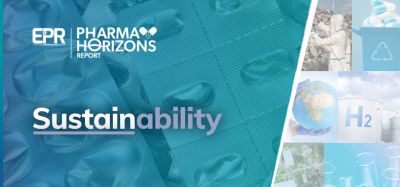FDA releases analysis on drug product quality in 2022
Posted: 3 July 2023 | Catherine Eckford (European Pharmaceutical Review) | No comments yet
There continues to be a correlation between low site inspection scores and potential drug recalls, states the US Office of Pharmaceutical Quality (OPQ) 2022 annual report.


The Office of Pharmaceutical Quality (OPQ) in the US Food and Drug Administration (FDA)’s Center Pharmaceutical Quality for Drug Evaluation and Research (CDER) has released its 2022 annual report analysing drug manufacturers and their products.
US drug product quality: drug recalls in FY2022
During the 2022 financial year, 166 manufacturing sites generated 912 drug recalls, the highest number of recalls in five years, according to the data.
As reported in previous years, the largest defect group for drug recalls continued to be current good manufacturing practice (CGMP) deviations, CDER stated.
During FY2022, 37 percent of recalled products were found to be associated with four specific events:
- There were 130 drug recalls attributed to temperature abuse
- One hundred recalls were attributed to product held outside appropriate storage temperature conditions
- Drug recalls attributed to CGMP deviations totalled 56
- The number of drug recalls attributed to manufacturing with contaminated excipient that was recalled from the excipient supplier were reported as 51.
CDER’s analysis stated that the median site inspection score (SIS) of the manufacturing sites with more than one FY2022 recall event was lower (4.96) than the median SIS for sites with one or fewer recall events in FY2022 (7.00).
This continues to indicate a correlation between low site inspection scores and potential drug recalls, the report suggested.
The non-proprietary names of the five most recalled drug products were listed as acetaminophen-containing drug products (tablets, liquids, suspensions), losartan with and without hydrochlorothiazide (tablets), fexofenadine/pseudoephedrine (tablets), oxymetazoline hydrocholoride (nasal solution), and magnesium citrate (oral solution).
Most of these products were recalled because of temperature abuse or improper storage conditions in warehouses. The report emphasised that a product could degrade under these conditions and negative impact shelf-life, safety, or effectiveness of the drug product. Therefore CDER stressed the need to maintain labelled storage conditions and monitor those conditions throughout the drug supply chain.
Reflecting on five years of quality control for nitrosamine impurities
Warning Letters
In FY2022, the FDA issued 72 CGMP-related warning letters to pharmaceutical manufacturing sites. Most that received warning letters (68 percent) were FDF manufacturers of non-sterile, non-application products. This is despite these sites represented only 30 percent of FY2022 inspections.
The most cited CGMP issues in FY2022 by FDA across all warning letters were related to:
- Quality control unit
- Production record review/investigations
- Written procedures/deviations
- Equipment cleaning and maintenance
- Testing/release.
FDA’s sampling and testing programme found 892 of 1,552 product samples (57.5 percent) to be noncompliant. However, this does not represent the drug product quality of marketed products overall, according to CDER.
US FDA initiatives to improve drug product quality
CDER’s analysis also highlighted several ongoing initiatives that employ state-of-the-art approaches to survey, characterise, and advance drug product quality for pharmaceutical medicines, including the New Inspection Protocol Project (NIPP) and the Quality Management Maturity (QMM) programme.
New Inspection Protocol Project (NIPP) initiative
New Inspection Protocol Project (NIPP) NIPP is improving how data from surveillance and pre-approval inspections are recorded, assessed, and reported in FDA’s inspections programme.
In FY2022, NIPP enhanced the inspection protocols for sterile and nonsterile manufacturing based on investigator feedback.
According to the report, these NIPP enhancements are aligned with other FDA enterprise projects to conduct end-to end inspections within a single platform. Automated data pre-processing and advanced predictive tools are being used to improve NIPP’s data management and analytical capabilities.
Quality Management Maturity (QMM) programme
Also included in the report were proposed improvements in managing drug quality in manufacturing. In November 2022, CDER presented evidence to propose establishment of a Quality Management Maturity (QMM) programme.
CDER’s proposed framework for this programme included five practice areas:
- Management commitment to drug quality
- Business continuity
- Technical excellence
- Advanced pharmaceutical drug quality system
- Employee engagement.
Economics and risks of FDA’s Quality management maturity rating programme
Related topics
Active Pharmaceutical Ingredient (API), Big Pharma, Biopharmaceuticals, Drug Development, Drug Manufacturing, Drug Safety, Impurities, Industry Insight, Manufacturing, QA/QC, Regulation & Legislation, Research & Development (R&D), Therapeutics
Related organisations
Office of Pharmaceutical Quality, The US Food and Drug Administration (FDA)









